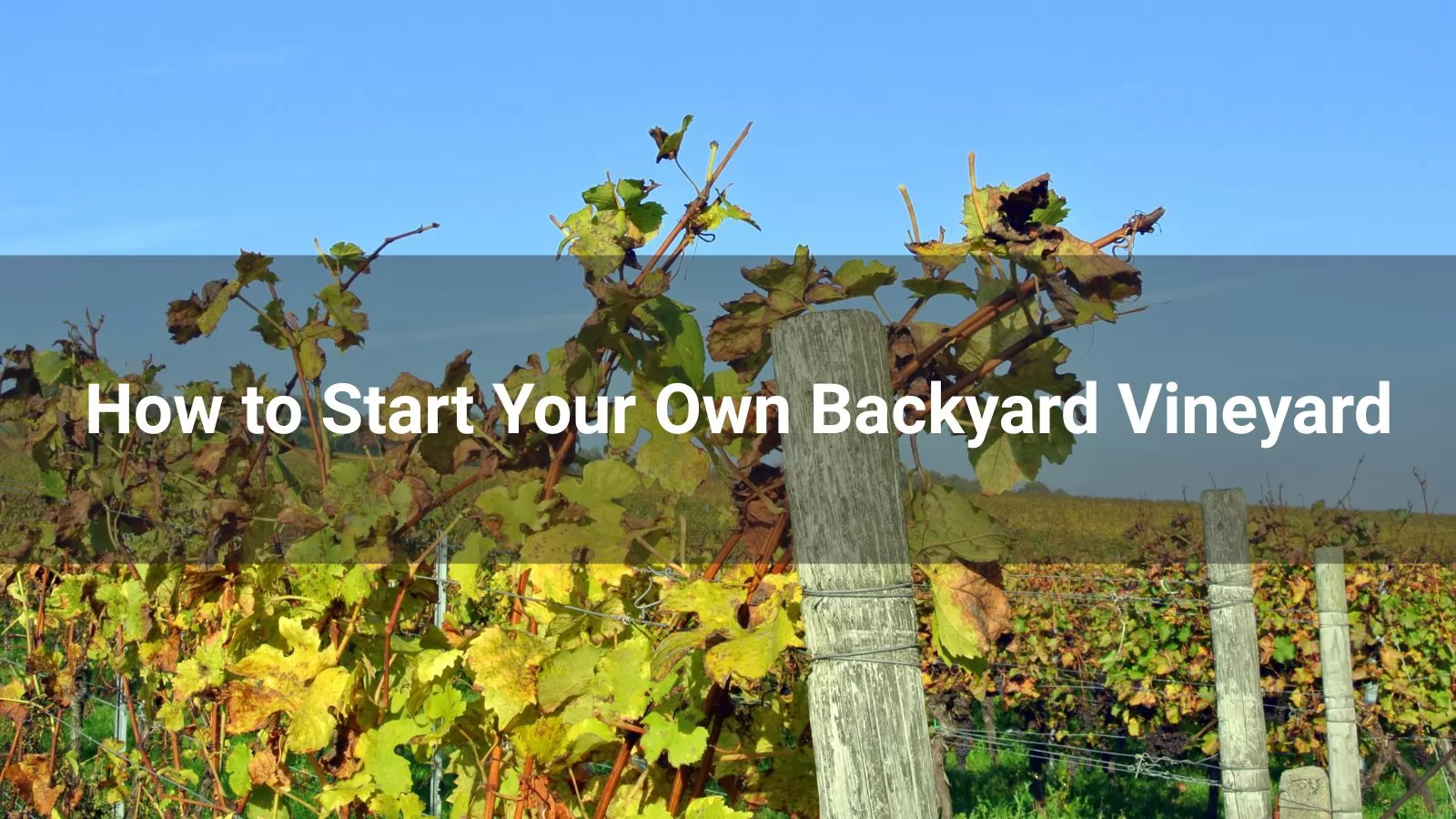
A No-Nonsense Guide from a 30-Year American Grape Grower
My name’s Tom Reilly. I’ve been growing grapes since 1995—first on a scrappy half-acre behind my house in Loudoun County, Virginia, then on a 22-acre commercial vineyard in the Finger Lakes, and now I spend half my time helping regular folks turn their suburban backyards into real, honest-to-God vineyards that actually produce. I’ve made every mistake in the book so you don’t have to. Here’s exactly how I tell people to do it right the first time.
Ask yourself three questions. Be brutally honest:
If you pass those three tests, you’re already ahead of 70% of the people who call me after they’ve already killed $400 worth of plants.
A realistic backyard vineyard starts at 8–12 vines and can easily give you 80–150 lbs of grapes once they’re mature. That’s enough for 40–70 bottles of decent wine, plus all the table grapes you can eat.
Forget the romance for a second. Choose grapes that want to live where you live.
Cold climates (Zone 6 and colder):
Mild winters, hot summers (Zone 7–9):
Deep South (Zone 8–9):
Just want to eat them fresh?
My rule: First-time growers should pick disease-resistant hybrids. You’ll spray 80% less and still get fruit.
Option A (what I recommend for 99% of beginners): Buy certified, one-year-old vines from Double A Vineyards, Grafted Grapevines, or Lone Oak (all U.S. nurseries that virus-test everything). $9–$14 per vine is cheap insurance.
Option B (if you’re stubborn or broke): Take hardwood cuttings in February, soak the bottom in 1000 ppm IBA rooting hormone, stick them in perlite/vermiculite under intermittent mist. Six weeks later you’ll have roots. It works, but half the time you’re propagating someone else’s virus collection. I don’t do it anymore unless I’m cloning my own proven vines.
For 8–50 vines, do this and thank me later:
Total cost for a 100-foot row: about $250–$300. Will last 30 years.
Never use plastic zip ties. Ever. They girdle canes faster than you think.
Early spring, right when the forsythia blooms:
Must-have hand tools:
Small power tools worth the money:
Year 1–2: Grow wood, not fruit. Remove every cluster that tries to set. You’re building structure. Year 3: You’ll get a real crop if you didn’t screw up the first two years.
Quick calendar I tape inside every barn door:
You don’t need 100 acres or a trust fund. I’ve seen beautiful, productive backyard vineyards on 1/10th of an acre that out-produce half the commercial guys I know—because the owner actually pays attention.
Start small, start smart, use good tools, and don’t fall in love with varieties that hate your climate.
Now quit reading and go mark where those end posts are going. The vines aren’t going to plant themselves.











We use cookies to make the website work, to provide advanced features, social media and traffic analysis, and we use analytics and third-party advertising cookies. If you choose to click "Deny All", you will retain the default setting of not allowing the use of cookies or other tracking tools other than technical tools.



